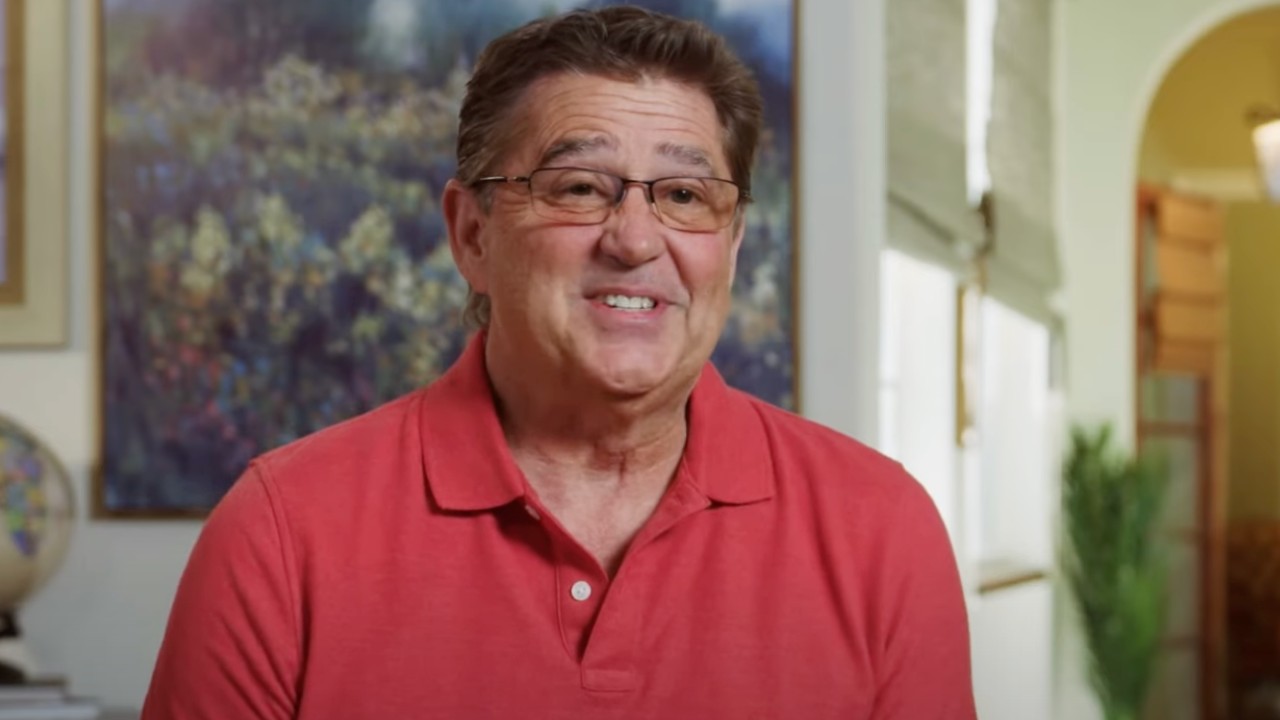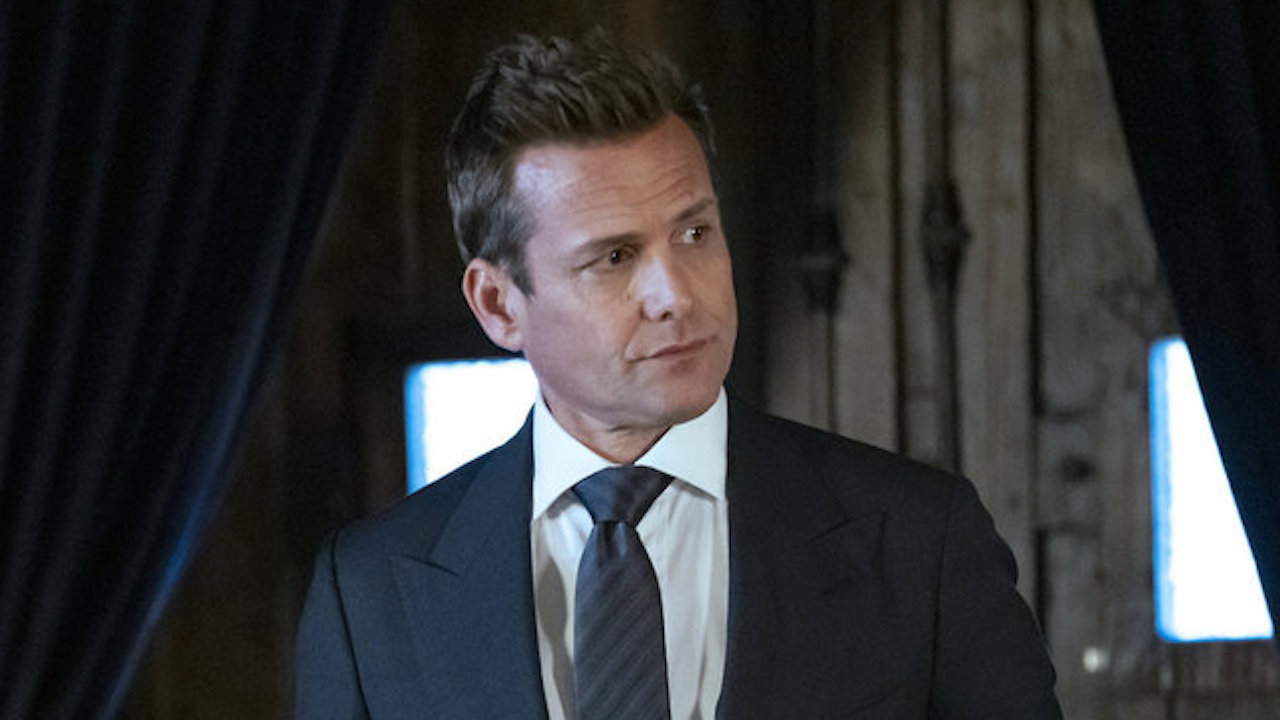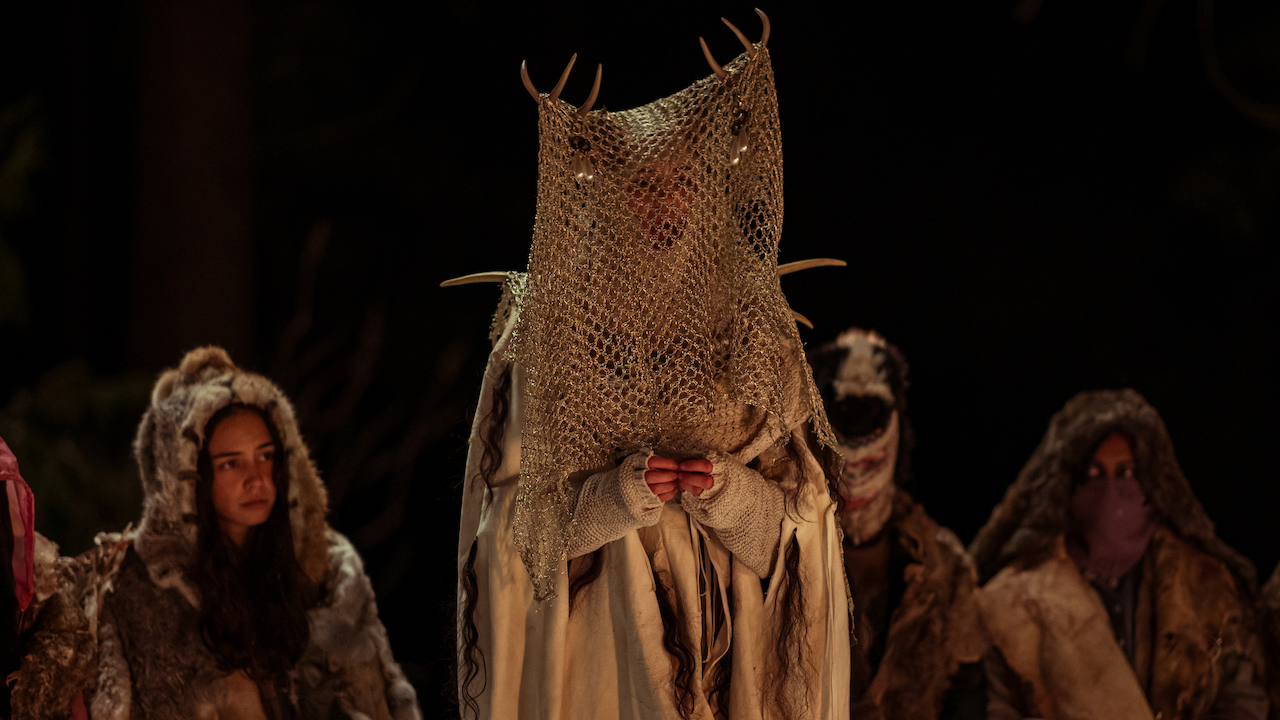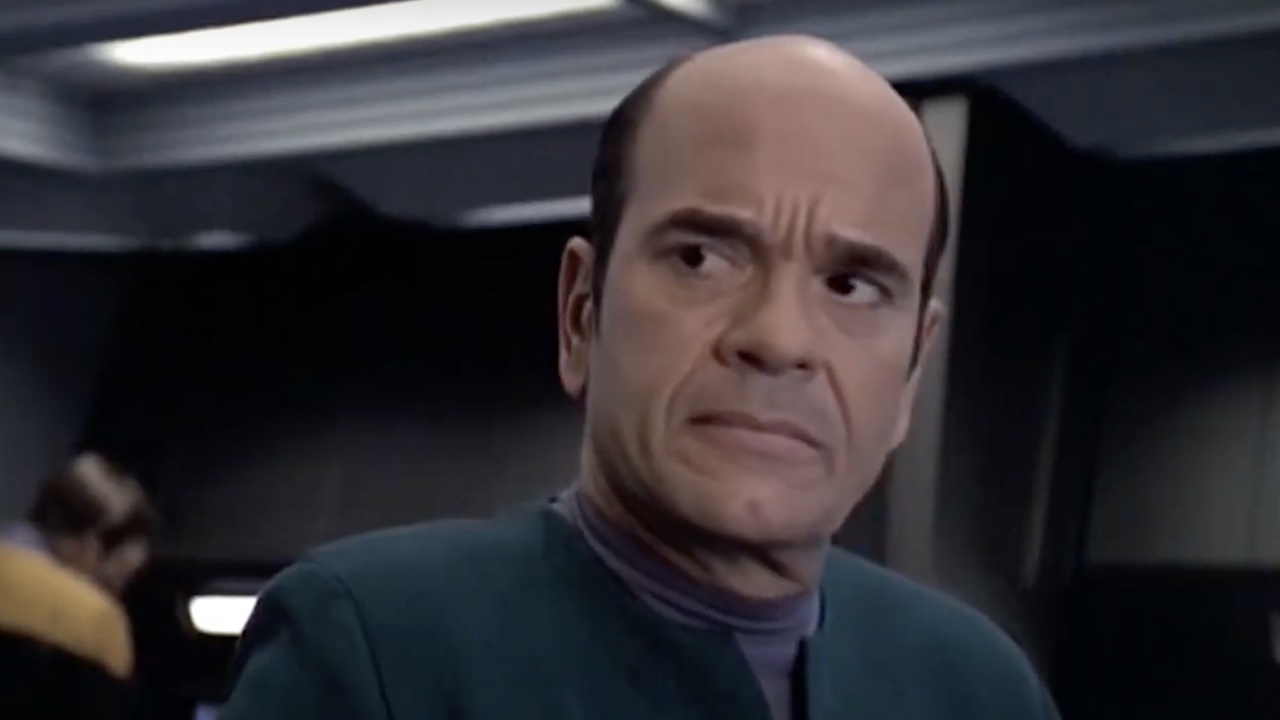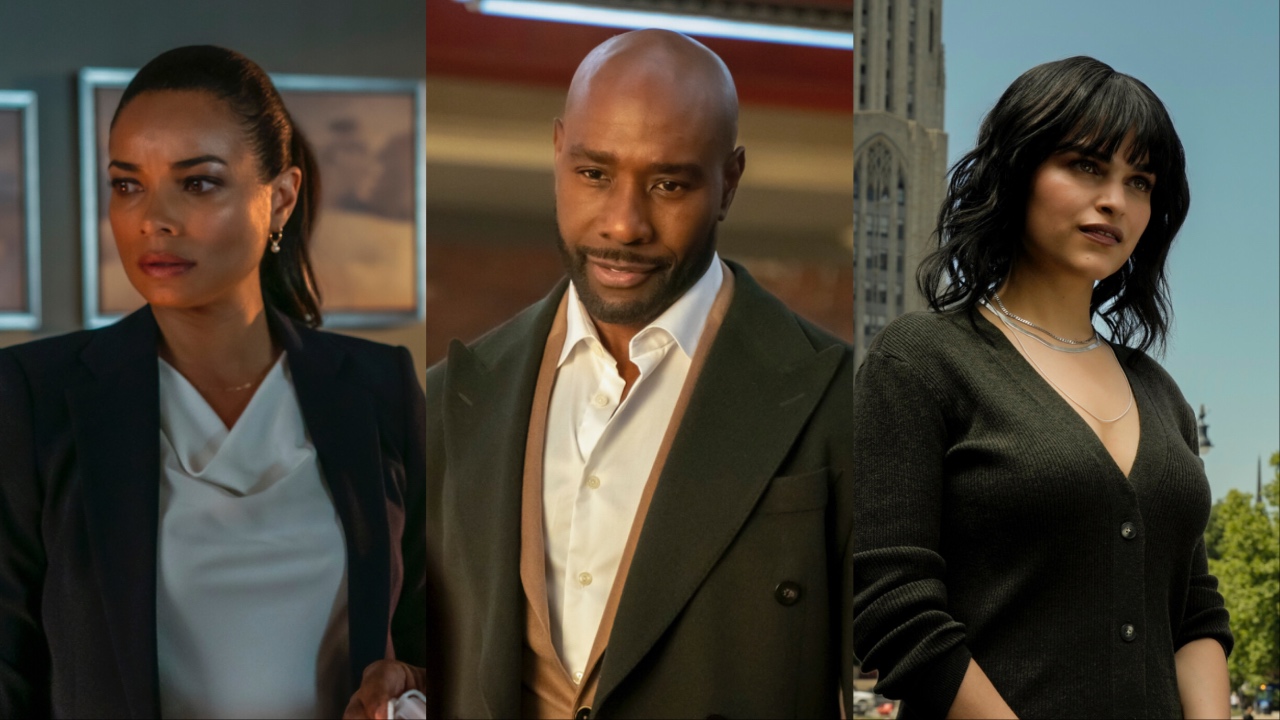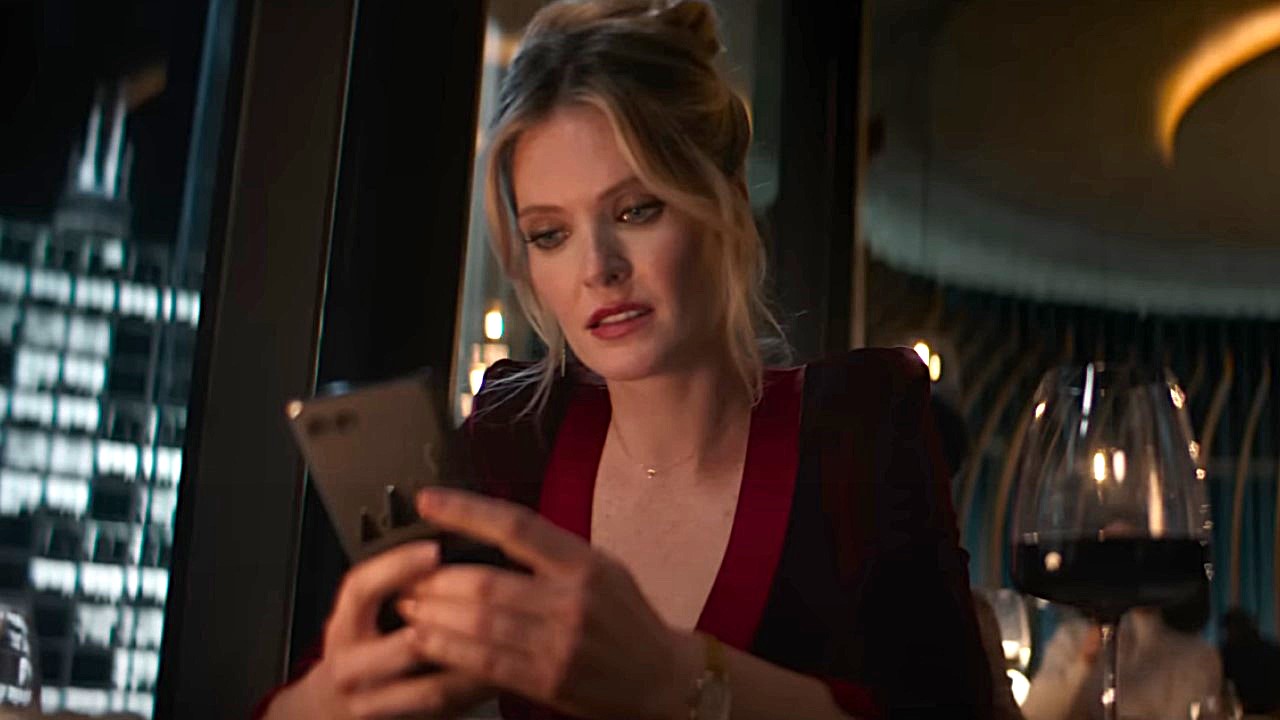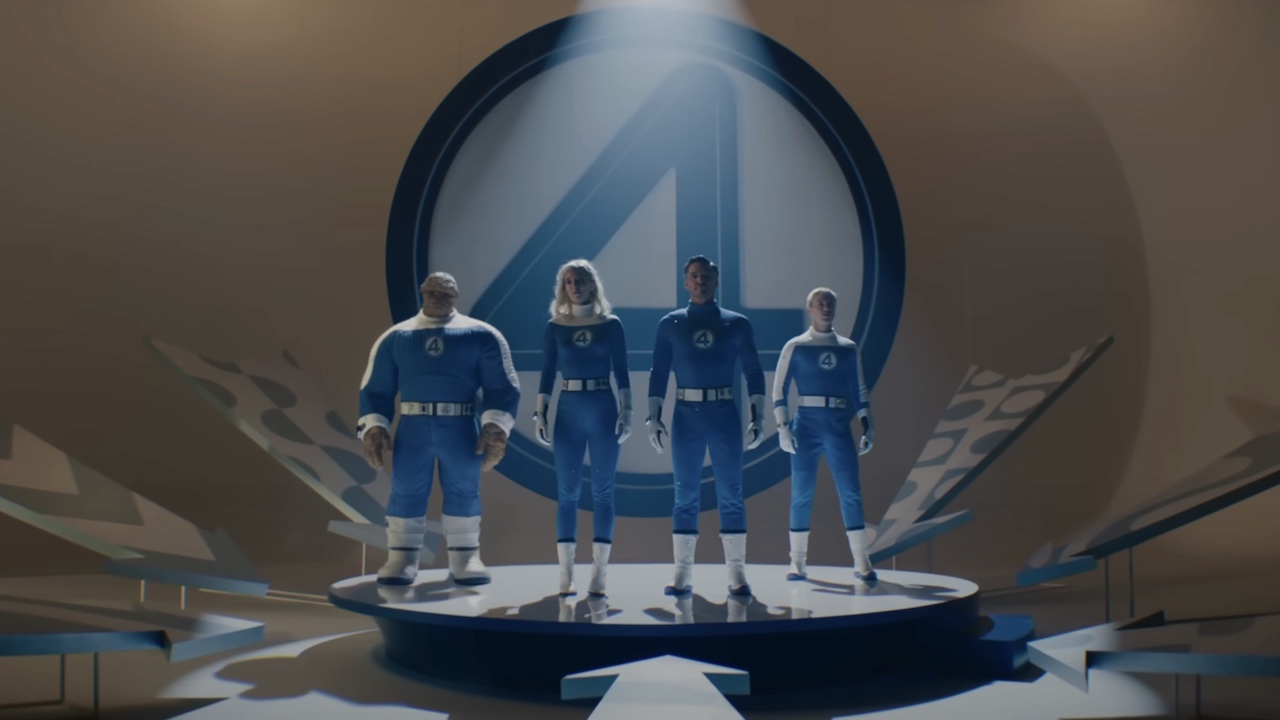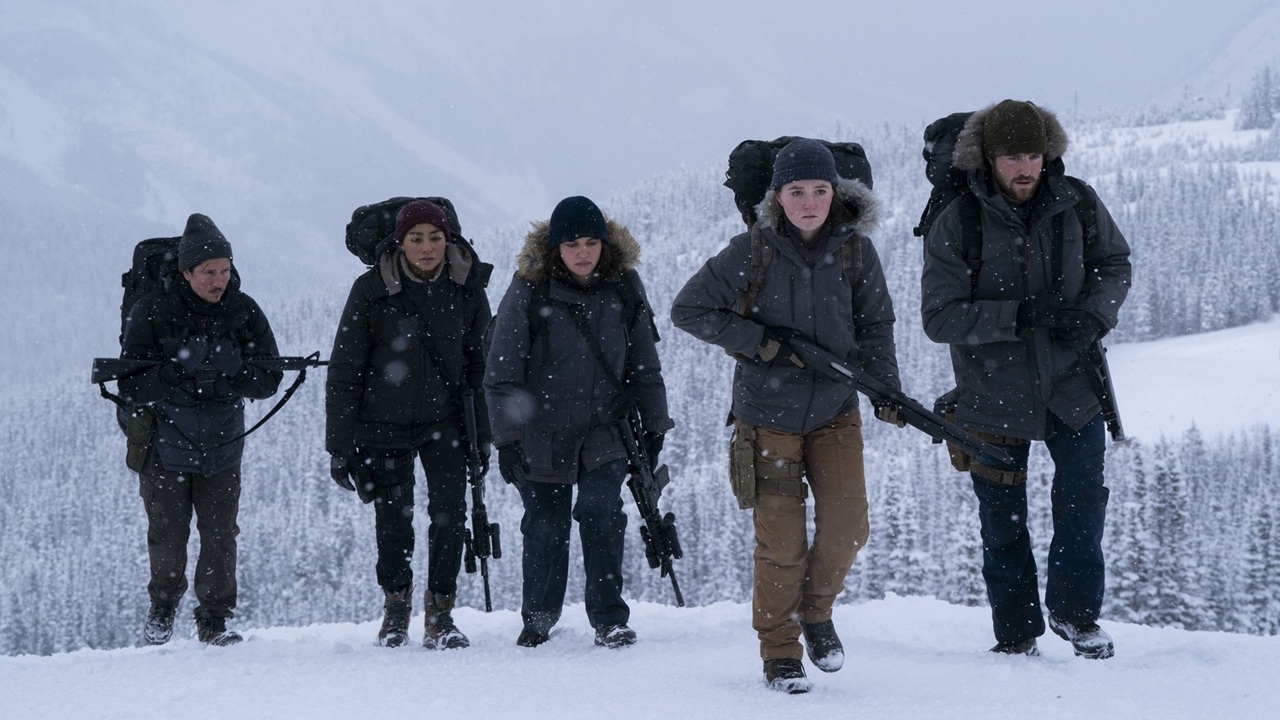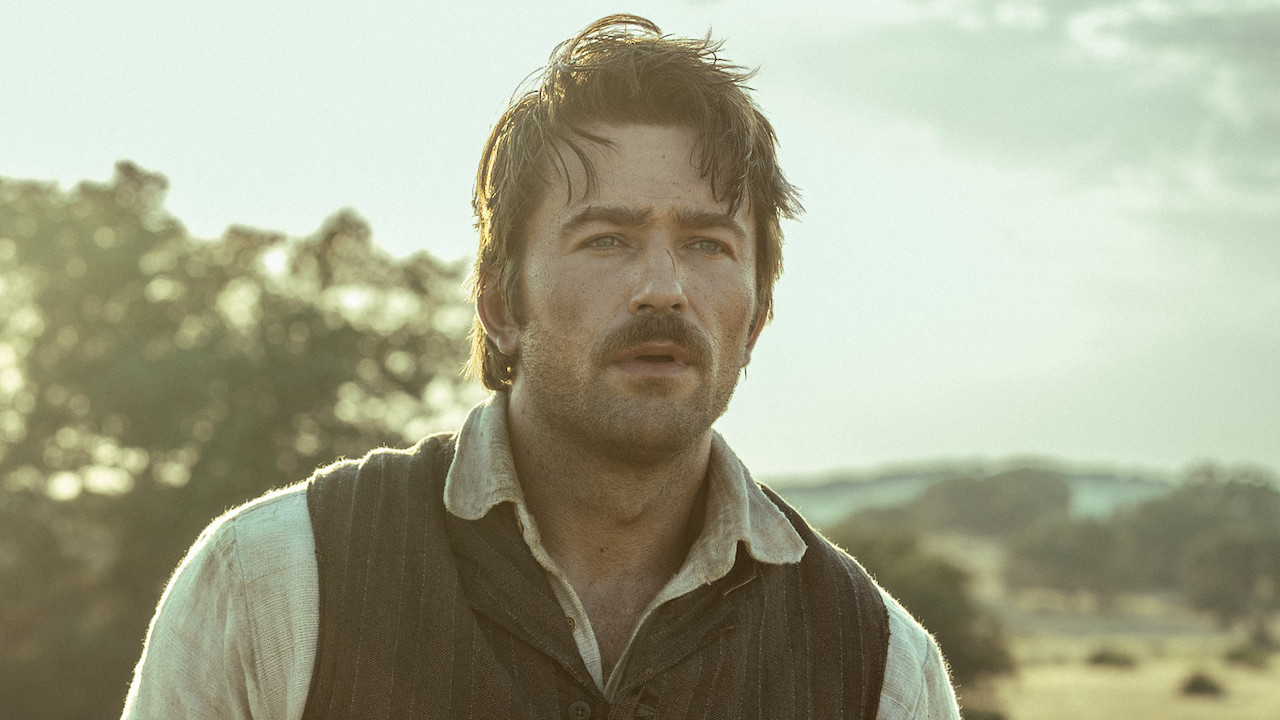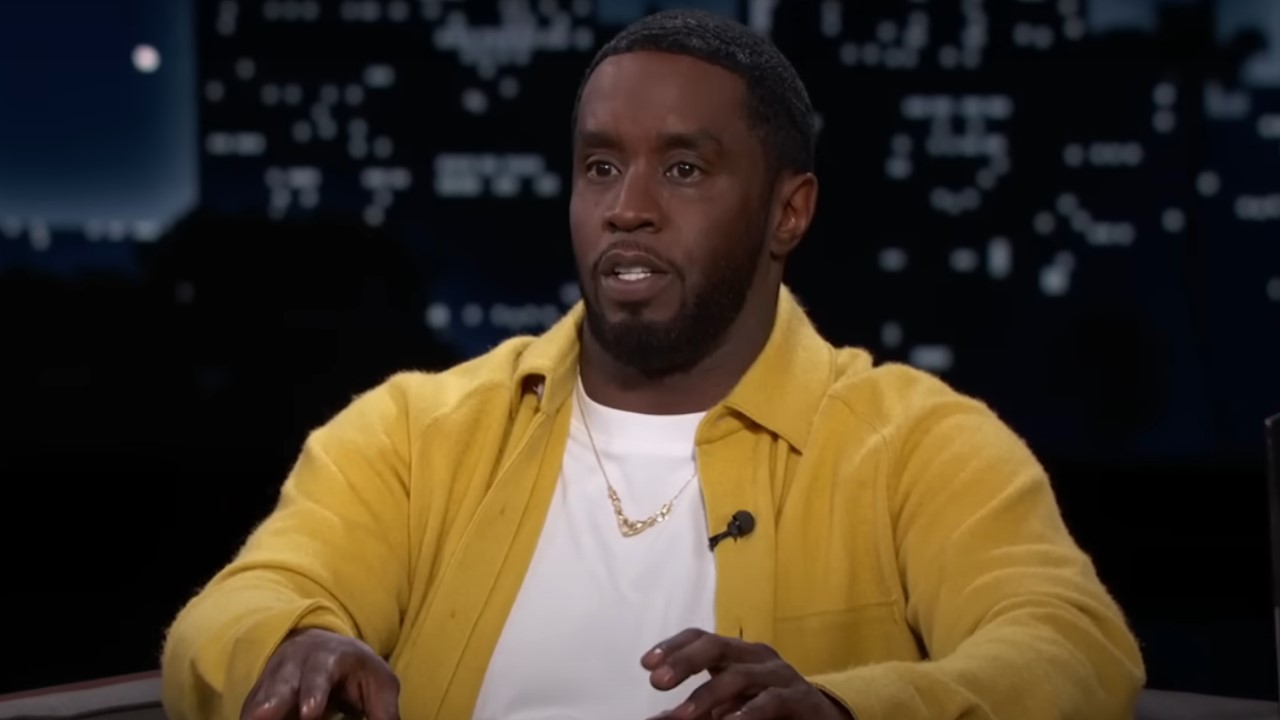The Great Gatsby: 9 Big Differences Between The Book And Movie
Here's a rundown of the changes.
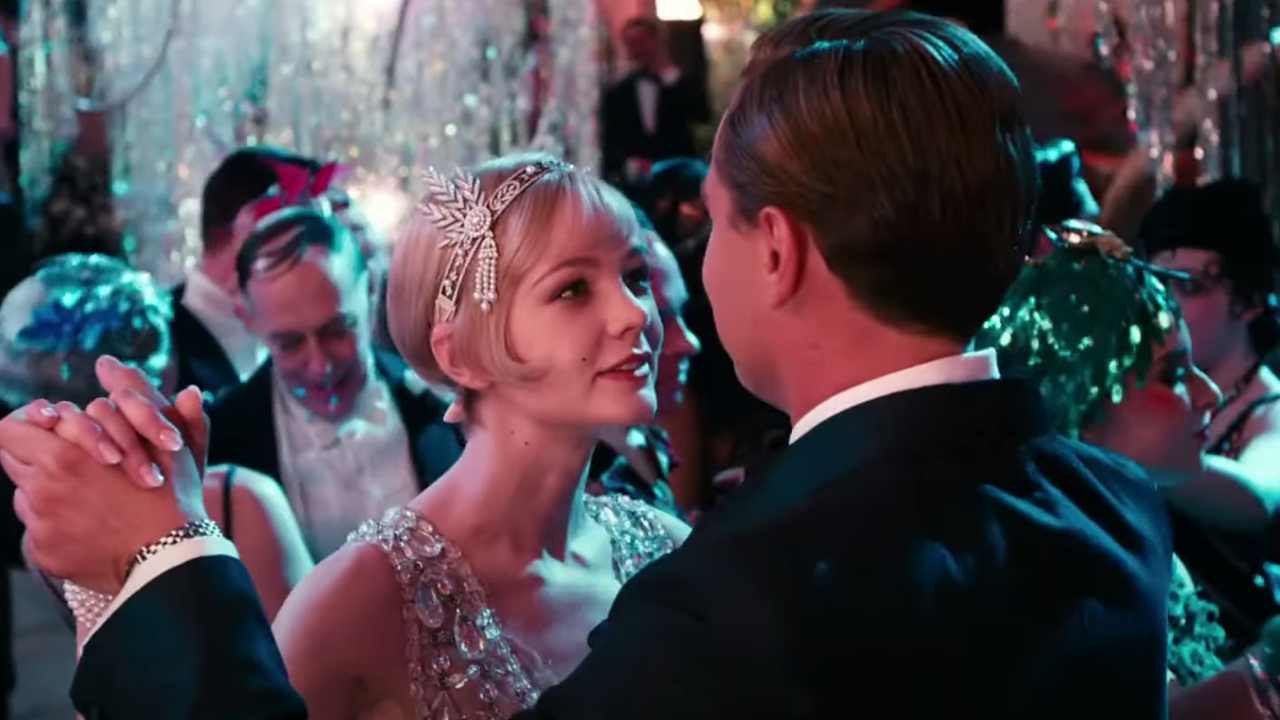
Putting together a film based on a highly acclaimed literary work full of phrasings and lines of dialogue that have forever been burned into readers' minds is largely a thankless task. Creating a film that maintains the heart and soul of such a literary work and even many of its most graceful lines is nearly impossible to accomplish, and in that aspect, director Baz Luhrmann has plenty of troubles with The Great Gatsby. F. Scott Fitzgerald's descriptive sentences are almost as important as his dialogue and tossing some of the finest lines from the book into ashy script on the screen isn't the best way to make the most of those moments. Nor is taking creative license in certain big moments in order to speed up the storytelling process.
In other ways, Luhrmann owns his portrayal of The Great Gatsby, keeping the energy and the often frenetic pace of the twenties by speeding forward into nights of partying and langouring through days of idle play. Like the director's other works---especially Moulin Rouge--The Great Gatsby is noticeably, unmistakably Luhrmann's and whether or not you believe in his vision is largely dependent on your tolerance of the man's idea of spectacle. It would be nearly impossible to outdo Mr. Fitzgerald, and so Luhrmann tries to visually gives us as different a world as possible while still maintaining the quality of the venerable writer's pages. It's not the movie Fitzgerald would have written, but he was never all that good at creating screenplays, anyway.
Following are the nine biggest changes I noticed in my screening of The Great Gatsby. Feel free to remark on any changes you feel may have been more noticeable. There are many spoilers in The Great Gatsby book to movie comparison. Do not delve in if you want the film to be a surprise.
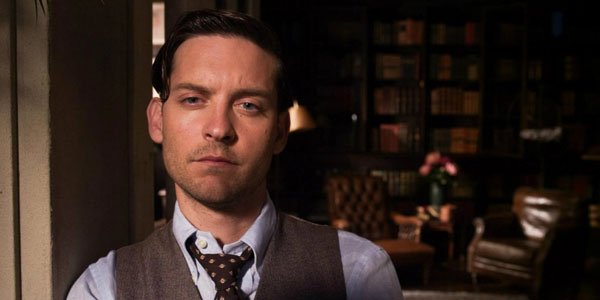
To give a frame to Nick Carraway's narration, Luhrmann introduces us to a broken Nick, who is working with a doctor to recover his health after troubles with alcohol. This seems a little distasteful, since Carraway comes across as a mostly careful and considerate individual. Asking us to see him out of sorts after Gatsby's death is more than a bit of a stretch, especially as Luhrmann also tasks the character with writing The Great Gatsby.

We learn Jordan Baker is an athlete nearly immediately. Though this in itself doesn't mean much, her entire storyline is sped up and her unlikely romance with Nick is cut out for the sake of time. In the book, the two only ever seem to have a casual affection for each another, especially as Jordan is shown to be dishonest, but in the film, she's a blank canvass we never get to know all that much about. This actually makes her character quite a bit more mysterious and likable, though.
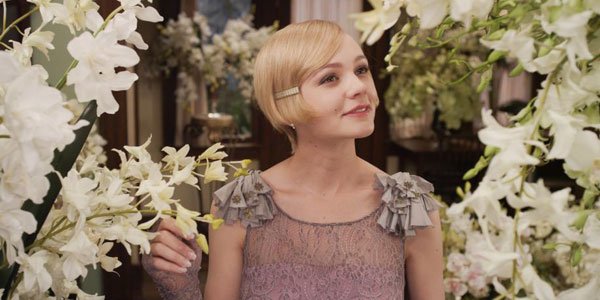
Not only is Jordan a tepid version of her novel character, Daisy also lacks a certain spark and an underlying pettiness that propels her character forward in the book. Instead of offering a voice ringing like money, she offers a weak will and a damsel-in-distress persona that doesn't suit the character, or actress Carey Mulligan, either. In the book, she's careless. Here, she's more often thoughtless.
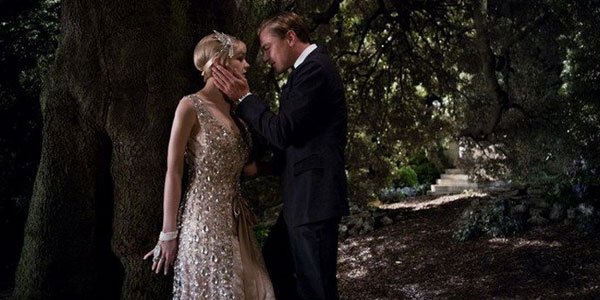
We get an early hint that Gatsby is wistful and waiting for someone before Carraway even goes to New York and gets roaring drunk. He sees his neighbor out on the dock late in the evening, staring across the harbor. It's easy for audience members who have read the book to decipher what he is thinking, but the small moment certainly gives fans an extra foreshadowing of the big reveal in the book.
CINEMABLEND NEWSLETTER
Your Daily Blend of Entertainment News
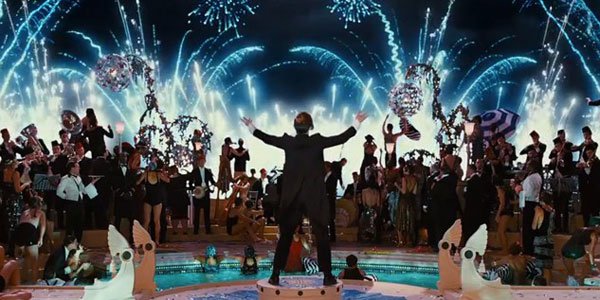
While Fitzgerald's book always feels very much a product of a particular period in time, Luhrmann's work always seems like one grand costume party, irrevocably modern and full of rap music. He pairs this with quiet moments between our main characters that give us a breather and result in a stylistic film that manages to feel like Fitzgerald's book and nothing like it at all.
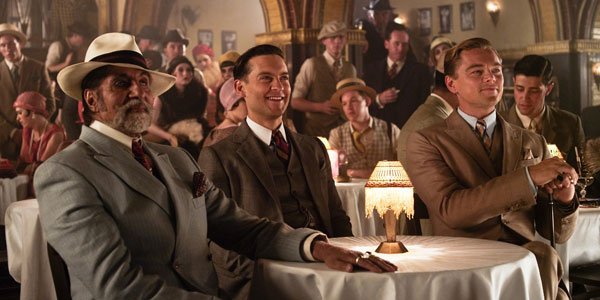
When Nick luncheons with Gatsby and Mr. Wolfsheim, Luhrmann takes us through a secret door in a barbershop and into a speakeasy full of dancing women and at least slightly corrupt men. To prove a point about corruption, Luhrmann even places the police commissioner on the premise. It's a little heavy-handed, but who doesn't want to see a speakeasy in a movie set during prohibition?
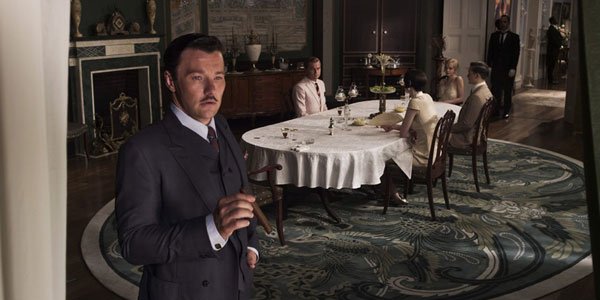
When Gatsby is verbally attacked by Tom in New York, much of the dialogue is the same. However, when Gatsby begins to lose control, begins to realize that Daisy is present in the room but may be out of his grasp, his "face that could kill a man" morphs into a childish freak out where Gatsby even screams, "Shut up." The childish antic is a nice callback to the time Carraway chides him for behaving childishly before he meets Daisy for tea.

Tom Buchanan becomes a super villain by the end of the film, painting a murderous image into Wilson's head and convincing him to do the bad deed.Making Tom into an overt bad guy is convenient to the plot, but changing Tom from an unlikable guy into a ruthless villain seems lazy and too cheap of a behavior for the character.
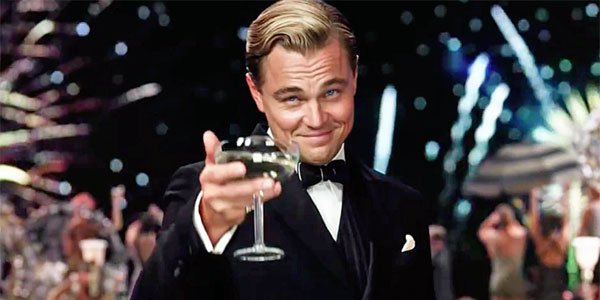
In the end, when Gatsby goes swimming, waiting for Daisy to call, he is shot and taken away from his dream---of success, of getting the girl---while the phone rings in the background. Though we later perceive it is Carraway, for a moment, we get to see Gatsby's great hope swell once more, even as his life dims, and we get to wonder whether or not Daisy is on the line, and what she would say if she was.
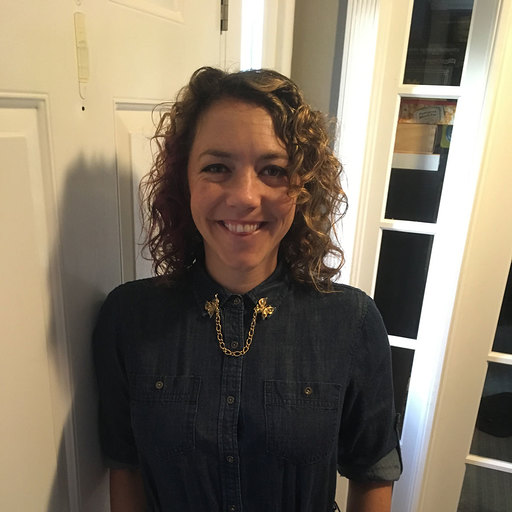
Jessica Rawden is Managing Editor at CinemaBlend. She’s been kicking out news stories since 2007 and joined the full-time staff in 2014. She oversees news content, hiring and training for the site, and her areas of expertise include theme parks, rom-coms, Hallmark (particularly Christmas movie season), reality TV, celebrity interviews and primetime. She loves a good animated movie. Jessica has a Masters in Library Science degree from Indiana University, and used to be found behind a reference desk most definitely not shushing people. She now uses those skills in researching and tracking down information in very different ways.
